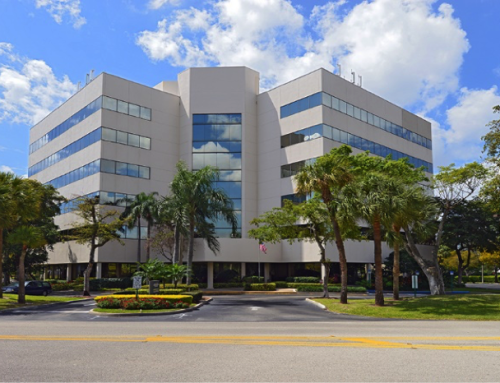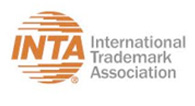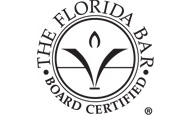On June 19, 2014, the Supreme Court decided that a patent related to a centuries old financial concept was invalid since it was an abstract idea, even though the concept was implemented through a computer.
The court’s unanimous ruling effectively narrows the type of “inventions” that can be eligible for patents, and amounts to a minor victory for the technology industry and other companies that have long complained about software-related patents.
The case involved a patent for escrow services held by Alice Corp, a shell company regarded by many as a patent troll. CLS Bank runs a currency transaction network and challenged the patent’s validity by arguing that Alice’s patent simply described a settlement mechanism that banks have used for centuries.
“We conclude that the method claims, which merely require generic computer implementation, fail to transform that abstract idea into a patent-eligible invention,” wrote Justice Clarence Thomas.
The ruling potentially calls into question the validity of thousands of patents which describe a familiar idea, but rely on a “method” of implementing it with a computer.
The opinion does suggest, however, that patents may still be obtained that “improve the functioning of the computer itself or effect an improvement in any other technology or technical field.” It also cautions that the goal of preventing patents that cover abstract ideas should not “swallow all of patent law.”
In 2010, the court addressed the same issues in a case called Bilski, but failed to provide any clarity about what type of subject matter can be patented, which in turn produced conflicting lower court opinions.
The Supreme Court’s opinion in Alice seeks clarity by offering a two-part test that involves first asking if the patent covers a non-patentable abstract idea and, if so, if it proposes new inventive steps that could make it patentable. In the case of old concepts like hedging risk or creating escrow accounts, simply using a computer is not enough.








